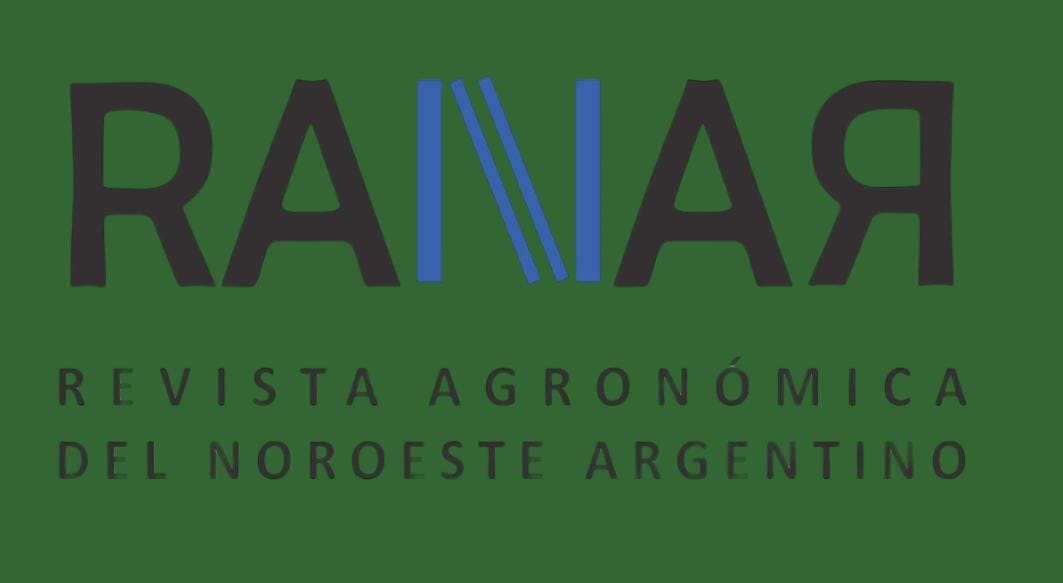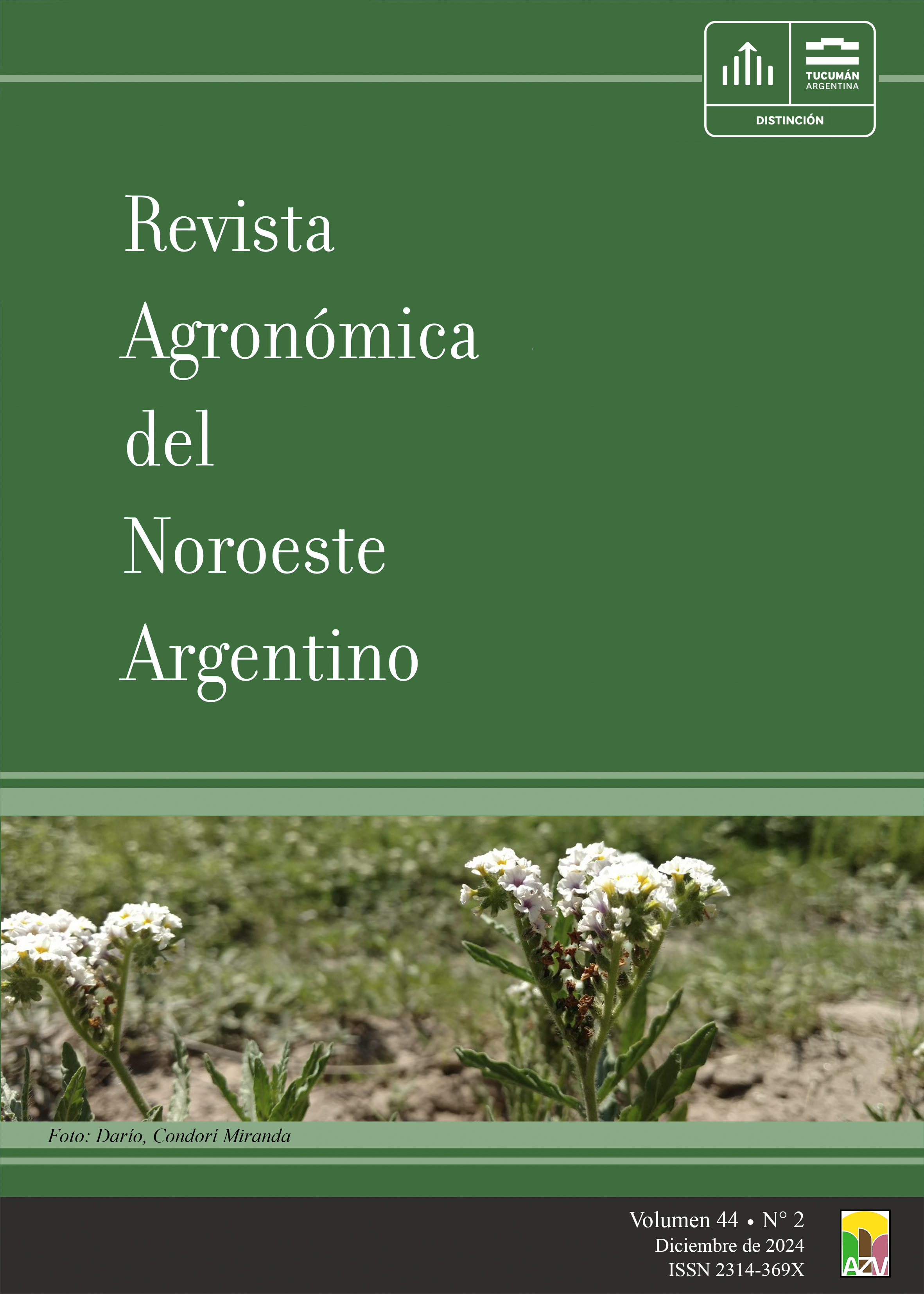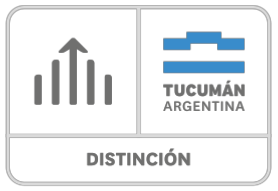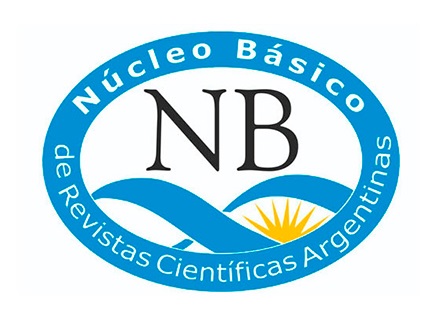Conservación ex situ: Banco de germoplasma de Solanum betaceum Cav., a través de selecciones en poblaciones nativas de Tucumán
Ex situ conservation: Solanum betaceum Cav. germplasm bank, through selections in native populations of Tucumán
Keywords:
Chilto, Conservation, Rescue, Yungas forestAbstract
The loss of biodiversity and negative effects of climate change raises the need to collect material to conserve it ex situ. Rescue and revaluation of native fruit species for their domestication and subsequent cultivation which is an important step toward promoting productive diversification and ensuring regional food security. Chilto (Solanum betaceum Cav.) is a species native from the Yungas Forest, whose fruit has nutraceutical and medicinal properties. To establish an ex situ collection of this species, chilto fruits were collected in the Yungas fraction located in the province of Tucumán (Argentina), dividing it into 3 sections: North, Center and South zone, located altitudinally around 1000 m.a.s.l. Wild individuals were georeferenced and ripe fruits of the “naranja or bola de chivo” variety were collected. From the seeds of these fruits, seedlings were obtained that were established in El Manantial experimental field of the Facultad de Agronomía, Zootecnia y Veterinaria of the Universidad Nacional de Tucumán. The collection comprises 160 specimens, obtained from seeds of 17 individuals. The search and collection continue in order to expand the genetic base. Different characterizations from the material obteined will be assessed to support experiments requested by other researchers.
Downloads
Published
Issue
Section
License
Copyright (c) 2024 Revista Agronómica del Noroeste Argentino

This work is licensed under a Creative Commons Attribution-NonCommercial-ShareAlike 4.0 International License.









